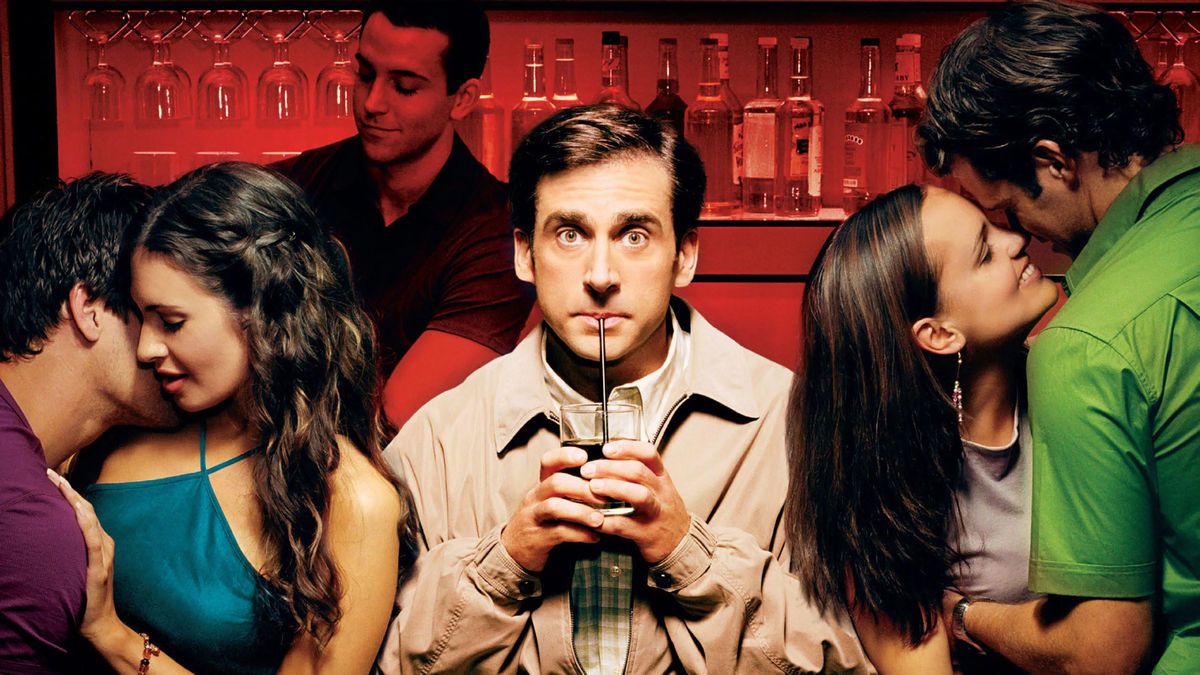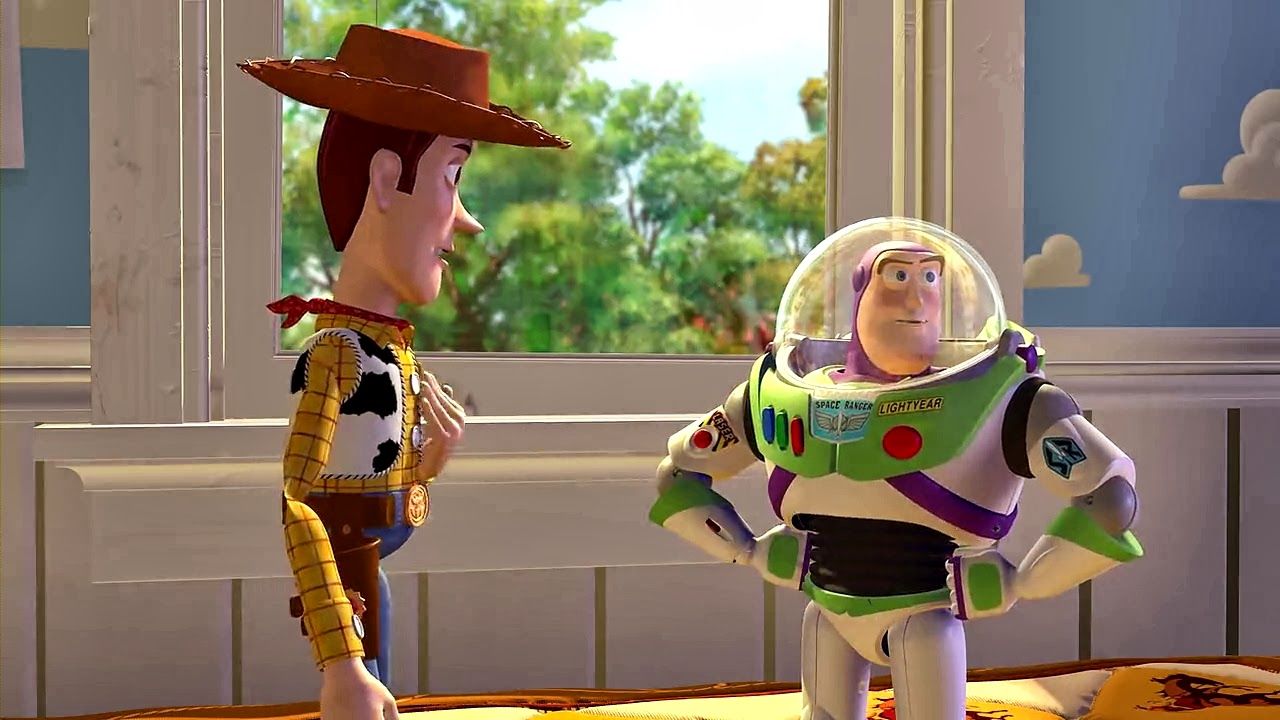
Ah, Hollywood. The land of dreams, blockbusters, and, inevitably, the sequel. It’s a simple equation, really: successful movie plus studio executives equals more movies, whether the story warrants it or not. In an industry where intellectual property is everything, the allure of extending a beloved tale or cashing in on a past hit often proves irresistible, even when every fiber of artistic integrity screams ‘no!’ It’s just the way things are in Hollywood today, as the context so aptly puts it.
But here’s the rub: not every movie needs a sequel. And perhaps more importantly, not every sequel is actually *wanted*. We’re not talking about the well-crafted follow-ups that enrich a narrative or expand a universe; we’re talking about the cinematic head-scratchers, the groan-inducing endeavors that leave audiences wondering who on earth thought this was a good idea. These unwelcome additions to filmographies often arrive decades after their originals, lacking the magic, the stars, or even a coherent plot, serving primarily as blatant cash grabs.
So, prepare yourselves. We’re about to embark on a no-holds-barred journey through the murky waters of unnecessary sequels, dissecting the baffling decisions, the creative misfires, and the sheer audacity behind some of Hollywood’s most regrettable follow-ups. From missing lead actors to narratives stretched beyond their breaking point, let’s explore the shocking reasons these cinematic blunders ever saw the light of day. Because sometimes, the most interesting story isn’t what was made, but why it was made at all.
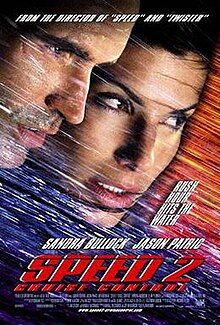
1. **Speed 2: Cruise Control**Imagine making a sequel to a runaway action hit and deciding, inexplicably, to sideline half of what made the original so electric. That’s precisely what happened with *Speed 2: Cruise Control*. The first *Speed* turned Sandra Bullock and Keanu Reeves into superstars and was a surprise hit in 1994. Its premise was simple, effective, and thrilling: a bomb on a bus that would detonate if the speed dropped below 50 mph. It was pure, unadulterated popcorn fun.
Then came the sequel, and the glaring, ocean-sized problem: Keanu Reeves didn’t return for the film. While Sandra Bullock bravely reprised her role, her chemistry with Reeves was a cornerstone of the original’s success. Replacing that dynamic proved to be an insurmountable challenge. It begs the question: why would you release a sequel without your lead, especially when that lead was half the reason the original worked so well?
Compounding this baffling decision was director Jan de Bont’s choice to write the film himself. The context bluntly states, “There’s a reason why this is the only movie he’s ever written: it’s bad.” This self-penned script, coupled with the inexplicable decision to tone down the film to a PG-13 rating—a drastic shift from the original’s R-rated intensity—ensured a critical and commercial failure. A bomb on a boat, traveling at a leisurely pace? It redefined ‘cruise control’ in the worst possible way, stripping away the very essence of ‘speed’ that made its predecessor a classic.
Read more about: The Digital Divide in EVs: 9 Models Unpacked – Which Cars Master Over-the-Air Updates and Which Lag Behind?
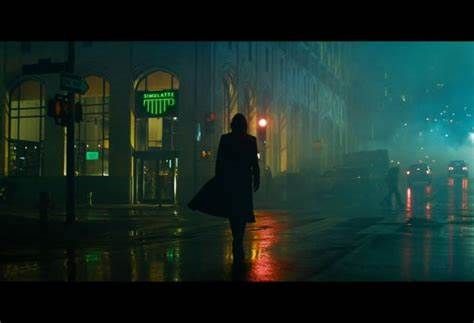
2. **Matrix Resurrection**For many, *The Matrix* trilogy concluded its saga with a definitive, if sometimes confusing, ending. The first film was groundbreaking, and while the subsequent two sequels, *The Matrix Reloaded* and *The Matrix Revolutions*, were enjoyable, they never quite matched the original’s incredible impact. Crucially, they closed off any potential for further narrative exploration, or so we thought, and hoped.
However, Hollywood loves a good resurrection, especially when an iconic IP is involved. *Matrix Resurrection* arrived trying exceptionally hard to be self-aware, winking at the audience about its own existence. Yet, this meta-commentary couldn’t mask the underlying issues. The critical assessment from the context is unflinching: “Everything feels phoned in: the writing, acting, and action sequences.” It’s a damning indictment of a film that struggled to justify its own necessity.
The film attempted to revisit a story that had already run its course, without being able to match the quality, the philosophical depth, or the visceral excitement of the original trilogy. It highlighted a common pitfall in sequel-making: just because you *can* make another chapter, doesn’t mean you *should*. The narrative closure provided by the original trilogy was perfectly sufficient, and *Resurrection* ultimately felt less like a continuation and more like an unwelcome retread of familiar ground, diluted and less inspired.
Read more about: Beyond the Brilliant: 14 Sci-Fi Masterpieces Marred by Just One Unforgettable Flaw
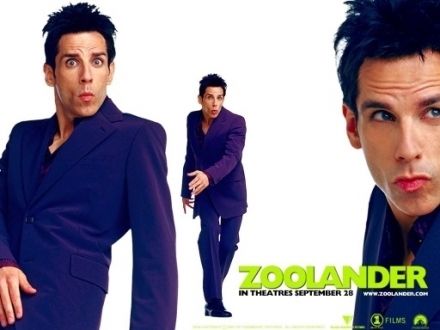
3. **Zoolander 2**Ben Stiller’s original *Zoolander* is widely beloved, rightfully earning its place as one of his best comedies. Its sharp satire of the fashion industry, memorable characters, and endlessly quotable lines made it a cult classic. It was a perfect snapshot of its time, delivering a complete and hilarious story. Yet, 15 years after its release, the cinematic landscape was inexplicably graced with *Zoolander 2*.
This kind of significant time gap often proves fatal for comedy sequels. Humor is incredibly temporal, and what was fresh and cutting edge a decade and a half prior might simply feel dated and forced later on. The context wisely points out, “By then, it should have been obvious that everyone was ready to move on.” The moment had passed, the cultural zeitgeist had shifted, and the demand for more Derek and Hansel simply wasn’t there in the same way.
The magic of *Zoolander* lay in its unexpected brilliance and its perfectly timed release. Trying to recapture that specific lightning in a bottle so many years later, with characters and jokes that arguably had already had their moment, was a monumental task. The sequel struggled to find its footing, proving that sometimes, even a widely beloved original doesn’t automatically necessitate a continuation, especially when the gap between films is so vast that the cultural relevancy fades.
Read more about: From Set to Soulmates: 15 Co-Stars Who Proved Hollywood Friendships Are *Actually* Real!
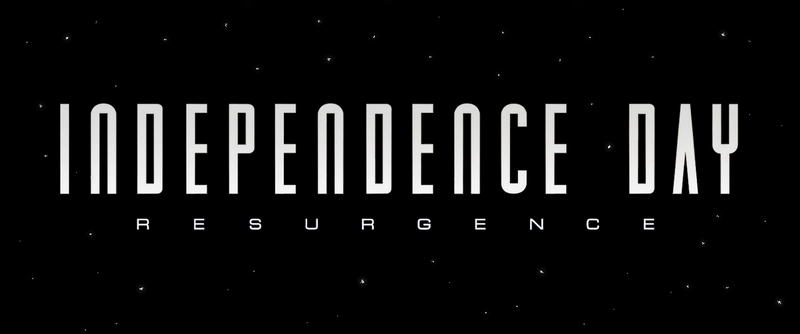
4. **Independence Day: Resurgence**Another prime example of a sequel arriving far too late to the party is *Independence Day: Resurgence*. Twenty years after the original explosive blockbuster, Roland Emmerich decided to revisit the alien invasion saga. While waiting two decades to make a sequel is undeniably “certainly a decision,” the more pertinent question remains: “did anyone really want a second Independence Day movie?” The answer from audiences and critics alike seemed to be a resounding ‘no.’
A critical blow to the film’s chances was the absence of Will Smith, who was instrumental to the original’s charm and success. His charisma and star power were deeply missed throughout the entire film. Even the formidable presence of Jeff Goldblum, who returned as the brilliantly quirky David Levinson, couldn’t salvage the situation. The context states that as great as Goldblum is, “he can’t carry the weak writing on his own.”
Indeed, the script for *Resurgence* was a significant letdown, lacking the original’s blend of spectacle, humor, and emotional resonance. The film was a disappointment both financially and critically, serving as a stark reminder that prolonged gestation periods for sequels, especially when key elements like original cast members are missing, often lead to uninspired results. Even director Roland Emmerich, according to the context, admits he shouldn’t have made it, which is about as damning an admission as you can get.
Read more about: Why Paige From Young Sheldon Looks So Familiar: Unpacking Mckenna Grace’s Prolific Journey Through Film and Television
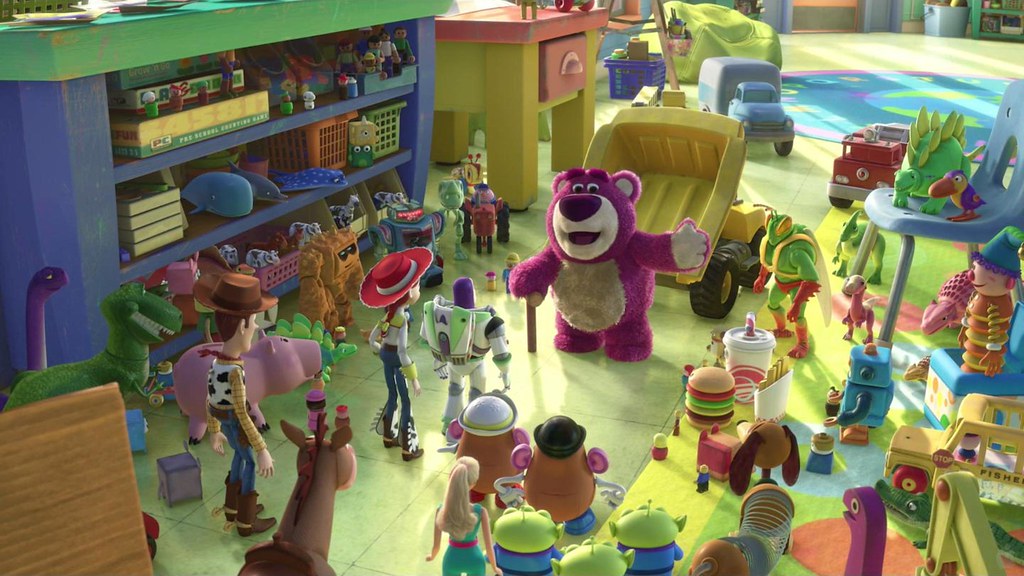
5. **Toy Story 4**Now, here’s an interesting one, because sometimes, as the context acknowledges, “your unnecessary sequel is actually pretty good.” *Toy Story 4* falls into this peculiar category. The original *Toy Story* trilogy did an absolutely masterful job of completing a narrative arc, bringing Woody, Buzz, and the gang’s story to a beautiful and poignant close. Many fans felt a sense of perfect finality with *Toy Story 3*.
However, in the world of big studios, money talks louder than narrative closure. “Disney loves money, so not only did we get *Toy Story 4*, but we’re also getting *Toy Story 5*,” the context reveals. This candid observation highlights the underlying commercial drive behind extending even the most perfectly concluded stories. Despite its narrative quality, *Toy Story 4* sparked debates about whether it was truly *needed* given the prior, emotionally satisfying ending.
The film itself was visually stunning and offered a new adventure, but it felt like an addendum rather than an essential chapter. It reinforced the idea that even well-executed sequels can sometimes dilute the impact of a perfect original arc when they are primarily motivated by financial potential rather than a compelling, organic story reason. For many, the beauty of the original trilogy was its completeness, a rare feat in today’s franchise-driven landscape.
Read more about: Electrified Excellence: 14 Hybrid Vehicles Worth Your Investment in a Shifting Automotive Landscape
6. **A Christmas Story Christmas**The holiday season is prime territory for nostalgia, and Hollywood knows it. *A Christmas Story Christmas* is a prime example of a sequel designed to tap directly into those warm, fuzzy memories, rather than to tell a groundbreaking new story. The irony, as the context points out, is that “*A Christmas Story Christmas* isn’t a terrible movie; it’s harmless holiday fun that’s entertaining enough and a worthy straight-to-streaming release.”
Yet, this seemingly benign assessment reveals the core issue: “its only purpose is to entice viewers with nostalgia to sign up for a streaming service.” This cynical, profit-driven motivation is a recurring theme in unwanted sequels. It’s not about expanding the world of Ralphie Parker in a meaningful way, but about leveraging existing, beloved intellectual property to boost platform subscriptions and engagement.
The film could have been an original holiday classic, demonstrating genuine creativity and fresh storytelling. Instead, all that money and effort went into manufacturing a nostalgia trip. While it may have provided some fleeting entertainment, it ultimately underscores a broader trend of studios prioritizing immediate financial gains and subscriber numbers over innovative content, turning cherished classics into mere marketing tools for streaming services.
Read more about: Brenda Fricker’s Candid Reflections: A Deep Dive into an Oscar Winner’s Life of Pain, Resilience, and Unfiltered Truths
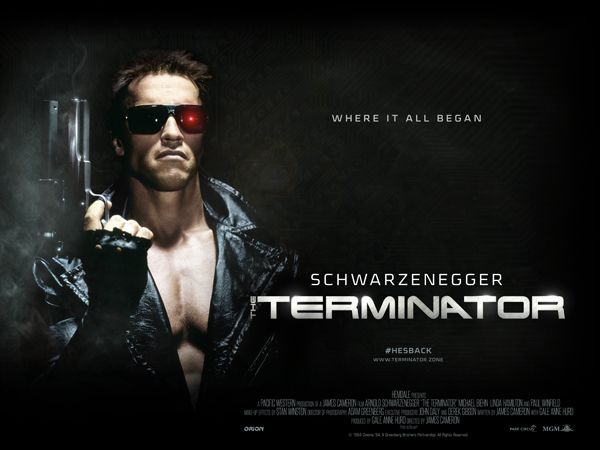
7. **Terminator 3: Rise of the Machines**When it comes to perfect sequels, *Terminator 2: Judgment Day* stands as a monumental achievement. It expanded upon the original, delivered groundbreaking effects, and provided a powerful, seemingly definitive conclusion to the saga. For many, it should have been the end of the franchise, a mic drop moment in cinematic history. Alas, Hollywood rarely knows when to quit while it’s ahead.
Instead, audiences were subjected to *Terminator 3: Rise of the Machines*. This installment marked a significant step down, offering a “watered-down Terminator movie without James Cameron directing.” Cameron’s visionary touch was profoundly missed, resulting in a film that felt competent but lacked the creative spark and thematic depth of its predecessors. It was a clear indication that some stories are best left untouched, especially when the original architects have moved on.
Shockingly, this wasn’t even the end of the machine. The context notes, “somehow, this wasn’t the end of the franchise. They made three more of these movies!” This relentless pursuit of more *Terminator* films, each struggling to recapture the glory of the first two, illustrates the difficulty studios face in letting go of lucrative franchises, even when critical and audience fatigue has long set in. It’s a classic case of diminishing returns, where each subsequent installment only serves to dilute the legacy of the truly great originals.
Read more about: The Austrian Oak’s Unstoppable Reign: Ranking 10 Essential Arnold Schwarzenegger Action Movies
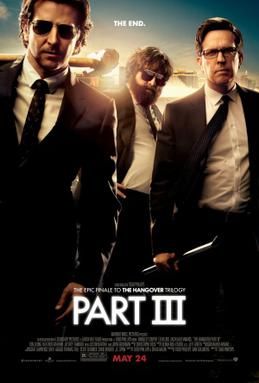
8. **The Hangover Part 3**The first *Hangover* film was an absolute phenomenon, capturing a chaotic, R-rated comedic lightning in a bottle that few films ever achieve. Its breakout success naturally led to a sequel, and surprisingly, *The Hangover Part 2* managed to deliver another round of genuinely fun, if formulaic, laughs. It proved that sometimes, you can indeed capture that elusive lightning twice, even if the bolt isn’t quite as shocking the second time around.
However, Hollywood rarely knows when to quit while it’s ahead, and the lure of a trilogy proved too strong to resist. The context is brutally honest, stating that *The Hangover Part 3* definitively shows that “you can’t capture lightning in a bottle a third time.” The film felt less like an organic continuation of the Wolfpack’s misadventures and more like a tired obligation, a desperate attempt to wring every last drop of profit from a concept that had clearly run its course.
This third installment was a critical and commercial misfire, lacking the spontaneity and fresh insanity that made the first two so engaging. It serves as a stark reminder that even the most beloved comedic formulas have a shelf life, and pushing a franchise beyond its natural conclusion often results in diminishing returns, both creatively and financially. Sometimes, the best joke is the one you don’t tell a third time.
Read more about: Kris Kristofferson’s Enduring Journey: A Deep Dive into the Life and Legacy of a Rugged Star

9. **Taken 2**The original *Taken* was a revelation: a lean, mean, R-rated action thriller that unexpectedly resurrected Liam Neeson as an unlikely, yet utterly convincing, action hero. Its simple, effective premise – a former CIA operative with a ‘very particular set of skills’ on a relentless quest to rescue his kidnapped daughter – resonated with audiences, becoming a surprise hit that defied expectations.
But as we’ve learned, Hollywood hates a one-off success. The sudden profitability of *Taken* meant, apparently, that this compelling standalone story “needed to become a franchise.” The problem, as the context points out, is that “the only good one is the first.” *Taken 2* tried to replicate the original’s formula, but it felt forced, with Neeson’s character seemingly attracting trouble rather than simply reacting to it.
The sequel suffered from a watered-down intensity, often feeling like a pale imitation of its predecessor. It highlighted a critical flaw in the franchise mentality: not every captivating story is designed for endless repetition. While Neeson continued to deliver his signature gravitas, the narrative exhaustion was palpable, turning a unique thrill ride into a generic, by-the-numbers action flick that nobody truly asked for.
Read more about: Hollywood’s Heavyweights: 12 A-List Actors Who Absolutely Crushed Their Most Iconic Roles

10. **Jurassic Park 3**For many, the first two *Jurassic Park* films set a high bar for cinematic spectacle and adventure, particularly with Steven Spielberg at the helm. Even if some viewers scoff at the *Jurassic World* movies, it’s worth noting that those sequels at least “were at least trying to do something new with the franchise.” They aimed to evolve the narrative, to create a new generation of characters and challenges within the established world.
*Jurassic Park 3*, however, fell squarely into the category of a “blatant cash-in on the popularity of the original two films and novels.” It was the first movie in the series not based on a Michael Crichton novel, and this departure from the source material was keenly felt. The film, described as a “ho-hum movie,” lacked the intellectual curiosity and thematic depth that Crichton’s writing brought to the franchise, opting instead for a more simplistic, monster-movie approach.
This sequel largely felt like a retread, offering little in the way of innovative storytelling or memorable character development. It was the kind of film that, as the context suggests, “belonged in the straight-to-DVD bin.” It stands as a prime example of a studio rushing to capitalize on a beloved brand without investing in a compelling narrative, ultimately diluting the grandeur of its predecessors for a quick buck.
Read more about: Lights, Camera, Action! Your Vote Counts: Unveiling the World’s Most Famous Actors & Actresses
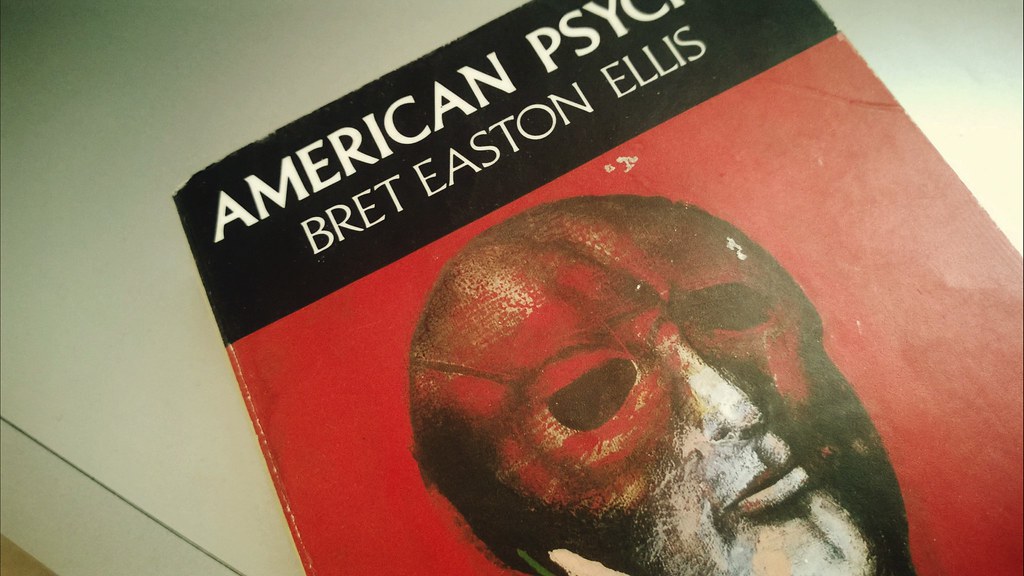
11. **American Psycho 2**Some sequels are bad, and then there are those that shouldn’t even exist in the first place, or at least not under the guise of a sequel. *American Psycho 2* falls squarely into this latter, more egregious category. It’s explicitly noted as a “straight-to-DVD release,” which already flags it as a dubious endeavor, but the real shocker is that “it wasn’t even supposed to be a sequel to American Psycho.”
This film, originally conceived as an unrelated script, was hastily re-worked by Lions Gate, who “saw the first movie’s success and quickly rushed an unrelated script to tie into the Christian Bale film, hoping its ‘connection’ would result in higher profits.” This is the epitome of a cynical cash grab, a transparent attempt to leverage an established, acclaimed film’s name to sell a product that had no organic link to it whatsoever. It’s the cinematic equivalent of putting a luxury car badge on a beat-up sedan and hoping no one notices.
Unsurprisingly, this mercenary approach yielded disastrous results. Even its star, Mila Kunis, has gone to great lengths to distance herself from the movie, confirming its original, disconnected premise. Bret Easton Ellis, the author of the original *American Psycho* novel, also expressed his disdain. It’s a prime example of a studio actively stripping a beloved classic of its essential charm and integrity, all in the desperate pursuit of higher profits, and leaving audiences with an unwanted, Frankensteinian mess.
Read more about: Hollywood Magic: 10 Actresses Whose Paths to Stardom Felt Simply Effortless
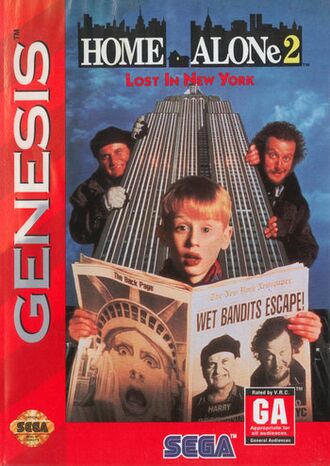
12. **Home Alone 3**The original *Home Alone* is a holiday classic, a timeless blend of slapstick comedy, heartwarming family dynamics, and surprisingly effective booby traps. Part of its undeniable charm stemmed from the creative genius of John Hughes, who wrote and produced it, and the unforgettable performance of Macaulay Culkin as the resourceful Kevin McCallister.
So, when *Home Alone 3* arrived, the presence of John Hughes as writer and producer was seen as the “only potential redeeming factor.” However, as the context so eloquently puts it, “it turns out that Home Alone succeeded not just because of John Hughes, but also because of McCauley Culkin. Guess who wasn’t in Home Alone 3.” Indeed, the heart and soul of the franchise, the specific dynamic between Hughes’ writing and Culkin’s portrayal, was entirely absent.
Instead of the beloved McAllisters, audiences were presented with “some kid who was stuck home alone with the chicken pox.” This glaring omission proved fatal. The film struggled to replicate the magic, humor, or emotional resonance of its predecessors, demonstrating that some cinematic successes are inextricably linked to specific talent. Replacing key elements with generic substitutes is a sure-fire way to deliver an unwanted sequel that strips a classic of its essential, irreplaceable charm.
Read more about: From Ancient Roots to Modern Resonances: Unpacking the Enduring Legacy of the Name Rachael
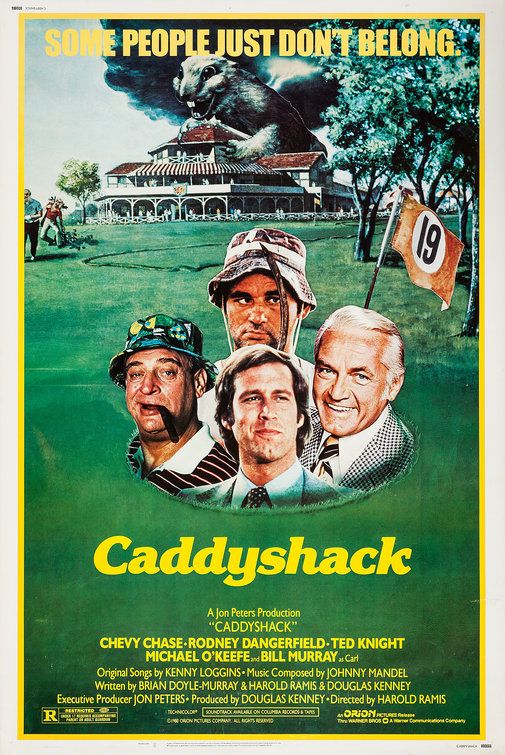
13. **Caddyshack 2***Caddyshack* is, without exaggeration, one of the funniest and most quotable comedies ever made, a true cult classic that transcended its humble premise. The idea of a sequel might seem like a “no-brainer” from a studio perspective, but the crucial detail often overlooked is whether the *talent* that made the original great is willing to return.
In the case of *Caddyshack 2*, “virtually none of the original cast wanted to return,” which should have been a screaming red flag that a second movie was unnecessary. Yet, Hollywood, ever the optimist, always “finds a way.” The result was a hacky, half-hearted attempt that saw only Chevy Chase reprise his role, and even then, “it feels like he’s just here for the easy paycheck,” appearing in only a couple of scenes.
Compounding the issues was the decision to give the sequel a PG rating, a drastic departure from the original film’s R-rated, irreverent humor. This choice undeniably “held back some of the humor and jokes,” resulting in a film that was neutered and lacked the original’s bite. The context rightly dubs it the “king of all bad sequel ideas,” a testament to how aggressively a studio can miss the point of what made a classic beloved, all for the sake of a quick, unearned dollar.
Read more about: The Stale Sequel Syndrome: 12 Iconic Film Franchises That Returned Way Past Their Prime
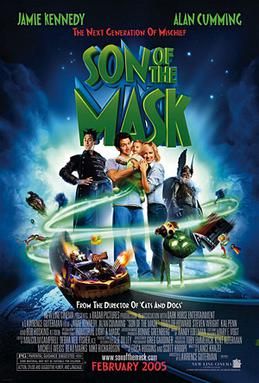
14. **Son of the Mask**The 1994 film *The Mask* wasn’t just a hit; it was a phenomenon that helped launch Jim Carrey into superstardom, showcasing his rubber-faced comedic genius at its peak. His singular performance, combined with groundbreaking visual effects, made the movie an unforgettable, chaotic delight. Fast forward to 2005, and audiences were inexplicably presented with *Son of the Mask*, a sequel that epitomizes the phrase “unnecessary sequels without the original cast.”
After years of production delays and shifts, this follow-up became its “own thing,” opting for a more “family-friendly tone” – a curious choice given the original’s more anarchic, adult-skewing humor. The result, as one might expect from a sequel missing its foundational star and undergoing a genre shift, was received exactly “as well as you’d expect.” It was a critical and box office disaster, a pale imitation that thoroughly failed to capture any of the original’s charm or energy.
The most baffling part? Despite this abject failure, the context reveals that “don’t worry—there’s talk about another movie in the Mask franchise.” This astonishing lack of self-awareness illustrates Hollywood’s persistent struggle to learn from its mistakes, stubbornly clinging to the hope that a beloved IP, no matter how badly mishandled, can eventually be squeezed for more profit. Sometimes, a film’s legacy is best preserved by letting sleeping dogs – or in this case, sentient, mischievous masks – lie dormant forever.
Read more about: VIN Check Secrets: Uncovering Hidden Dangers and Unmasking Value in Used Cars
And so, we conclude our journey through the bewildering landscape of cinematic follow-ups that nobody asked for. It’s a testament to the perplexing logic of Hollywood, where the siren song of intellectual property and the allure of a quick buck often drown out the cries for artistic integrity and narrative closure. While the industry has given us masterpieces like *The Godfather Part II*, it has also burdened us with these ill-conceived additions, leaving us to ponder not just what we watched, but *why* it was ever made. Perhaps one day, studios will recognize that some stories are best left untouched, their perfect endings honored, rather than endlessly, and regrettably, resurrected.



